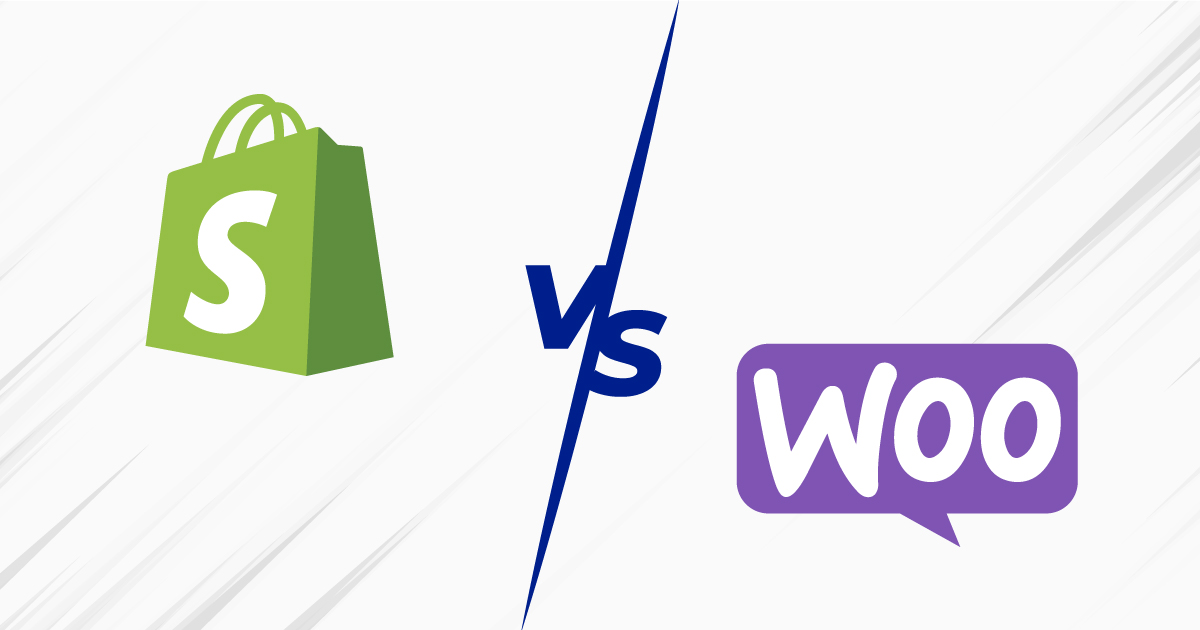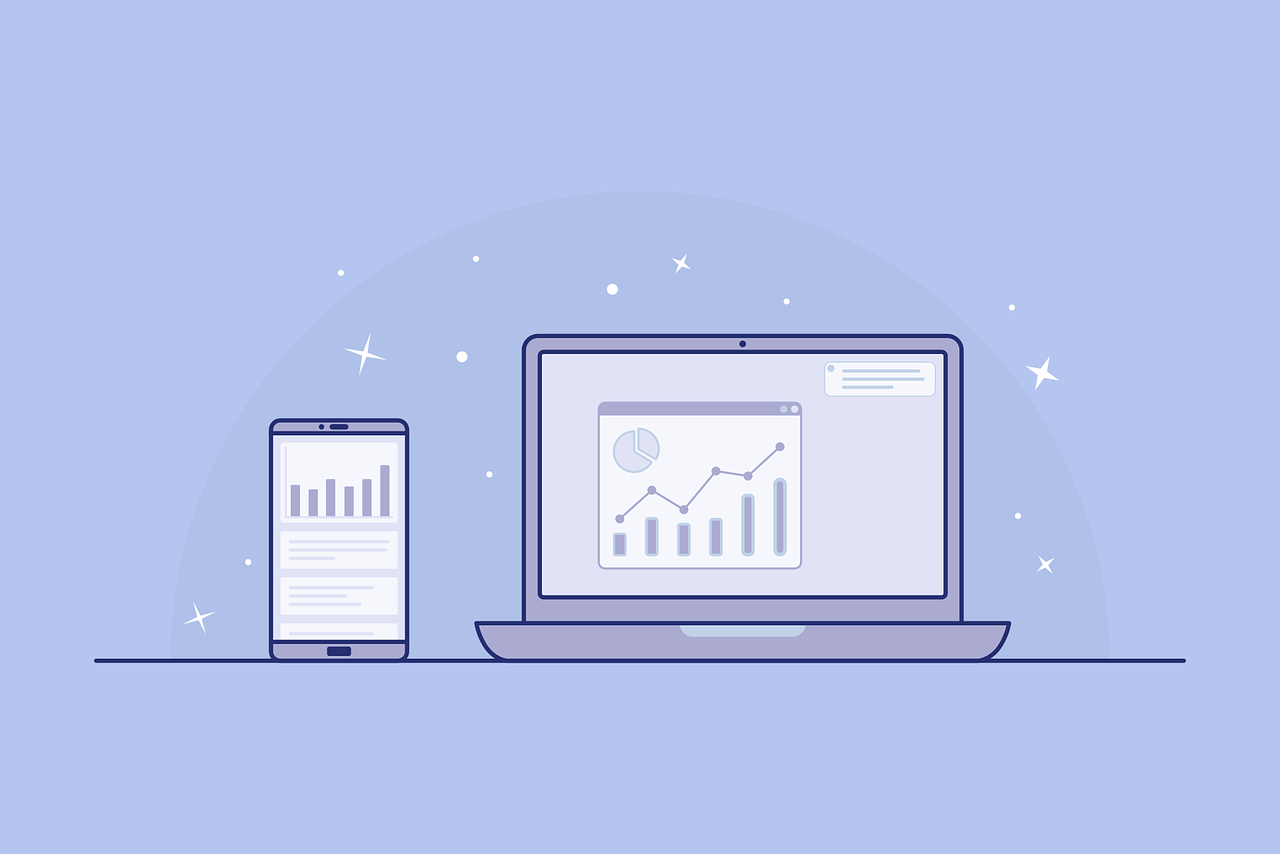You want or need to create an e-commerce Website for your company or start a digital business on its own and don’t know where to start? Here are 10 fundamentals you must consider before launching your new online store.
1. Market study: Search Google
By searching your own product or a similar one in Google, you’ll be acting as your potential customers do. This can be very helpful. This search can tell you who your competition is: are there many competitors selling similar products? Where are they from? Do they advertise on Google? What is the price point of their products? Do they also sell on Amazon?
You can also have a deeper look using Google Trends and the Google Keyword Planner. This will allow you to see if your idea is on an uptrend or downtrend. With the Keyword Planner, you’ll be able to see how much competitors are paying to get clicks from potential consumers.
2. Your offer / USP
Once you have had a close look at the online competition, you must define your company USP (Unique Selling Proposition). Why is this important? It is crucial to position your company and your products against your competitors– determine whether you prefer to compete on price, on great additional service, shipping policy, etc… Your digital strategy and marketing actions directly depend of this USP definition. This is the image that your customers will remember.
Here are some example of effective and clearly defines USPs:
– Domino’s Pizza: “You get fresh, hot pizza delivered to your door in 30 minutes or less, or it’s free.”
– Zappos: “The best return policy ever. A return policy that removes the fear of buying online and buying shoes that might not fit.”
3. Shipping management
The next point is to define your shipping strategy. This is a financially crucial element: shipping goods and handling returns is very costly to an e-commerce business. Competition is fierce to offer the best service to customers, and it is very difficult to find a profitable solution. You need to choose the packing options and materials, shipping carriers, delivery time and pricing, stock management, returns and refund policy, etc…
4. Payment methods
You now have to decide which payment options you will offer to your your online retail customers. On one hand, you surely would prefer to offer a maximum number of payment options so as not to lose any sale and make your customers happy. A solution that will cope a variety of the new mobile payment options available on the market. On the other hand, you will have to evaluate the payment systems’ use:
– for example, how easy is it to manage refunds?
– How does it connect with your web store, your CRM and bank account?
– How much are the associated costs? All systems will charge you fees and commissions per transaction.
5. Customer service
When you create an e-commerce website, do not underestimate the workload your customer service agent(s) will receive: they will receive many questions from your online shop visitors and will have to deal with them as soon as possible (if possible, by online chat) in order not to lose sales. You will surely have to opt for a CRM solution to manage the orders and make customer service more efficient. Also, investing time in writing a FAQ section for your Website will certainly be profitable and time-saving in the long run.
6. Keyword research
You may find this step to be a bit early in your e-commerce launch process but it is important to deal with it before you embark on website creation itself. Keyword research is an important part of search engine optimisation (SEO). It consists of choosing the right keywords to help Google and other search engines understand what your e-commerce site is about and what products you sell. This will increases your e-commerce visibility and traffic from potential customers.
7. Products description and image
In the digital world, your customers won’t be able to see or touch the products you sell. They will have to guide their purchase with product pictures and descriptions. So, your e-commerce retail site should publish the most attractive and accurate pictures of your products. It is quite an investment to proper product images, but these will really impact your online shop conversion rate.
The product descriptions should be short, yet rich with enough interesting details to pique customer interest. They should also include product uses, technical data, dimensions and other defining characteristics. You’ve completed your keyword research? It is time to add these keywords to your products descriptions in order to improve your e-commerce site’s SEO organic rankings!
8. Domain name and e-commerce Website creation
Your domain name is very important as it will reflect your business identity online. It may be your company name, another specific brand for the digital world, etc… You will first have to check if this domain is available and then register it.
Here begins the retail site’s creation itself. Most often, creating the e-commerce site is the main financial investment. You will have to choose an e-commerce platform among hundreds (the most well-known ones being Woocommerce, Shopify or Prestashop). To help with this process:
– Evaluate the platform’s adaptability to your customers use (for example, do your customers mainly use mobile or desktop?)
– Consider how easy the platform makes it to create a satisfying user experience (UX)
– Determine if the platform offers tools for improving conversion, structure for SEO, etc.
– Remember that you will work with this e-commerce platform for years, so it’s best to select one that satisfies all your requirements
9. Analytics and KPIs
You will also want to know if your website is performing well. You have already prepared a business plan ready and likely want to stick to it. The interesting point in an e-commerce website is that you will be able to measure an incredible amount of data you wouldn’t be able to in the offline environment. The first step is to install an Analytics solution on your website from the get-go (Google Analytics is the most commonly used one and is free).
You will then need a bit more time to define your KPIs: the online activity indicators you’ll closely follow. Some are common to all the businesses (sales, margin, conversion rate) and others will be specific to digital activity (time spent on site, page views, traffic sources, etc.). Once carefully defined, these KPIs will allow you to measure your retail website’s performance and to make good decisions accordingly.
10. Marketing campaigns
Your website should be optimized for SEO and it will take some time to reach good rankings in search engine results. If you want to attract traffic to your online shop, you now have many digital marketing options to activate and surely the optimised solution for your business will be a mix: e-mail marketing, Adwords campaigns, affiliate campaigns, social media management/advertising, offline promotion, blog content, etc… All these marketing actions have a cost and you will want to create campaigns that are best adapted to reach your potential customers according to their online habits.
11. Conversion rate optimisation
Now that your e-commerce website is up and running, and it’s generating traffic and orders, you do want to increase your sales, don’t you? This is a never-ending process: in order to improve your online sales conversion rate, you will have to implement some A/B tests on the website itself, improve your marketing campaigns in order to have drive better traffic to your web shop, adapt your service strategy (delivery, pricing, promos, etc.) to the market, among other variables.
If you need some assistance in creating your e-commerce website or designing your online marketing campaigns, do not hesitate to contact us. We would be happy to help your business with your e-commerce project.
Or perhaps after reading this article, you are not sure anymore that you want to set up an e-commerce website? Never fear– we can help you with an easier option like selling on Amazon or other marketplaces. Get in touch!
More posts about: Start an online business







